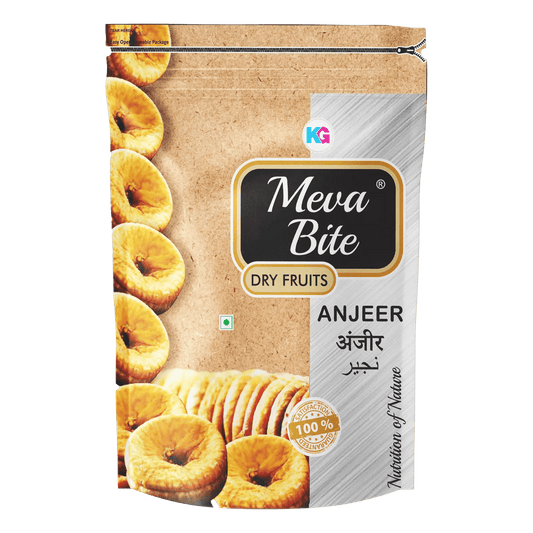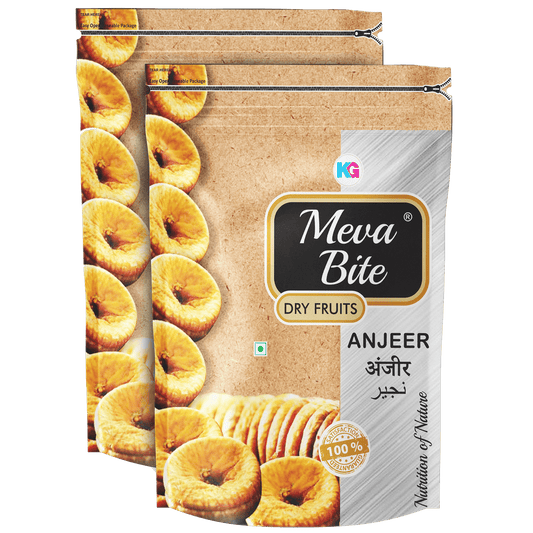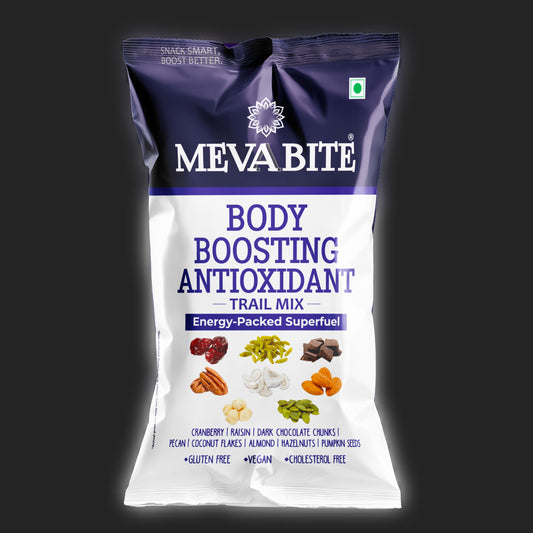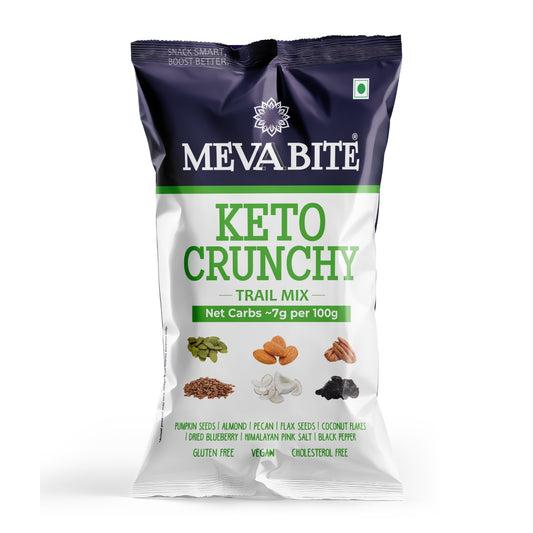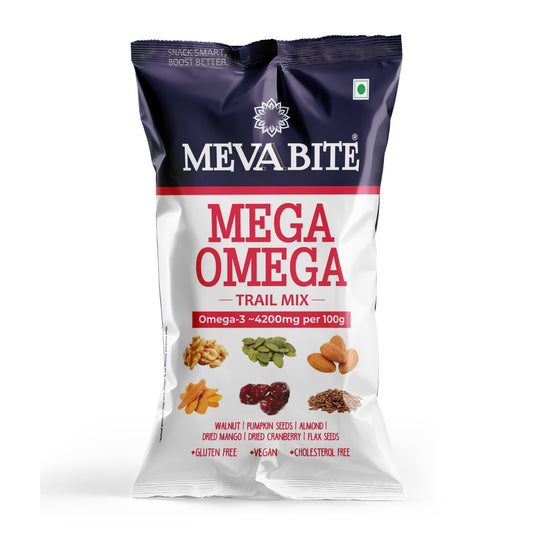What's the difference between kishmish and munakka?
Summary: Kishmish and munakka are both dried grapes, but kishmish are smaller, seedless raisins, while munakka are larger, seeded dried grapes with a chewier texture.
Key differences between kishmish and munakka:
- Size: Kishmish are smaller, while munakka are larger
- Seeds: Kishmish are seedless, munakka contain seeds
- Texture: Kishmish are softer, munakka are chewier
- Processing: Kishmish are often sun-dried, munakka may be dried differently
- Grape variety: They come from different grape varieties
Are kishmish and munakka nutritionally different?
Summary: While both are nutritious, munakka generally contain slightly higher levels of certain nutrients due to their larger size and the presence of seeds.
Nutritional comparison:
| Nutrient (per 100g) | Kishmish | Munakka |
|---|---|---|
| Calories | 299 | 310 |
| Fiber | 3.7g | 4.5g |
| Iron | 1.8mg | 2.1mg |
| Potassium | 749mg | 780mg |
| Antioxidants | Moderate | High |
Which one is better for weight loss, kishmish or munakka?
Summary: Both can be part of a weight loss diet when consumed in moderation. Munakka may have a slight edge due to higher fiber content, which promotes satiety.
Considerations for weight loss:
- Fiber content: Munakka has slightly more fiber, aiding fullness
- Portion control: Both are calorie-dense, so moderation is key
- Glycemic index: Both have a moderate glycemic index
- Nutrient density: Both provide essential nutrients
- Versatility: Can be used as healthy snacks or recipe ingredients
Can I use kishmish and munakka interchangeably in recipes?
Summary: In most cases, kishmish and munakka can be used interchangeably, but their size and texture differences may affect the final outcome of some recipes.
Considerations for recipe substitution:
- Texture impact: Munakka's chewier texture may alter some dishes
- Size: May affect appearance and distribution in baked goods
- Flavor: Munakka might have a slightly stronger flavor
- Soaking time: Munakka may require longer soaking in some recipes
- Seed consideration: Munakka's seeds need removal for some dishes
Which one has a longer shelf life, kishmish or munakka?
Summary: Both have similar shelf lives when stored properly, typically lasting 6-12 months. Munakka may have a slight edge due to lower moisture content.
Factors affecting shelf life:
- Storage conditions: Cool, dry place extends shelf life for both
- Packaging: Airtight containers help preserve freshness
- Moisture content: Munakka's lower moisture may increase longevity
- Preservatives: Some commercially packed varieties may last longer
- Quality at purchase: Fresher dried grapes last longer
Are there any specific health benefits of munakka over kishmish?
Summary: Munakka may offer slightly higher levels of certain nutrients and antioxidants due to their larger size and the presence of seeds.
Potential health benefits of munakka:
- Higher fiber content supports digestive health
- Slightly more iron, beneficial for blood health
- Seeds contain additional antioxidants
- May have a lower glycemic index due to size
- Potentially higher in resveratrol, an anti-aging compound
How do kishmish and munakka differ in taste and texture?
Summary: Kishmish are sweeter and softer, while munakka have a more complex flavor and chewier texture due to their larger size and seeds.
Taste and texture differences:
- Sweetness: Kishmish tend to be sweeter
- Texture: Munakka are chewier and more substantial
- Flavor complexity: Munakka often have a richer taste
- Mouthfeel: Kishmish are smoother, munakka more robust
- Aftertaste: Munakka may have a slightly tannic aftertaste due to seeds
Are there price differences between kishmish and munakka?
Summary: Prices can vary, but munakka are often slightly more expensive due to their larger size and less common availability in some regions.
Factors affecting price:
- Regional availability impacts pricing
- Production volume: Kishmish are produced in larger quantities
- Processing differences may affect cost
- Import/export factors for non-local varieties
- Brand and quality variations influence price
Can both kishmish and munakka be eaten during pregnancy?
Summary: Both kishmish and munakka are generally safe and beneficial during pregnancy when consumed in moderation, providing essential nutrients for maternal and fetal health.
Considerations for consumption during pregnancy:
- Rich in iron, supporting increased blood volume
- Provide natural energy boost
- Contain fiber, aiding digestion
- Moderation is key due to high sugar content
- Consult healthcare provider for personalized advice
Conclusion
In the debate between kishmish and munakka, both dried grape varieties offer unique benefits and characteristics. Kishmish, with their sweeter taste and softer texture, are more widely available and versatile in recipes. Munakka, on the other hand, provide a chewier texture and potentially higher nutrient content due to their larger size and seeds. The choice between the two often comes down to personal preference, availability, and specific culinary or health needs. Both can be part of a healthy diet, offering essential nutrients and natural sweetness. Whether you prefer the familiar comfort of kishmish or the robust flavor of munakka, incorporating these dried fruits into your diet can contribute to overall health and culinary enjoyment. As with any food, moderation is key, and both varieties can be enjoyed as part of a balanced diet.


